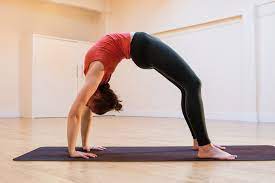

The word chakra refers to wheel as the body into this posture resembles a wheel by its shape, this posture is also named as Urdva dhanurasana , where Urdva means upword and dhanurasana is bow pose, in Hatha yoga tradition posture is called Chakrasana and in Ashtanga vinyasa tradition the same posture is called Urdva dhanurasana.
Chakrasana or Urdhva Dhanurasana or Wheel Pose Step by step instructions:
There are two ways to perform this position either standing position Where you can raise your hands up and arch back so deep that your hands reach the floor or you start from lying down position supine position.
- We shall talk about the lying down method that can be followed by anyone who wishes to practice chakrasana
- Start from supine position where you lie down on the back.
- Bend your knees keeping your feet hip width apart and place your palms over your shoulder finger pointing towards the shoulders and elbows facing to the ceiling.
- Now inhale lift your hip first off, the floor as in bridge pose and press on hands to lift your chest and head off too while arching the back in backbend posture.
- Your feet and hands will be the foundation of the posture.
- To deepen the posture try straightening the legs and bring your feet together.
Chakrasana or Urdhva Dhanurasana or Wheel Pose Precautions and safety:
- People with lower back pain should avoid this posture or practice other modification as bridge pose or Cobra Pose would be a good alternative.
- In case of wrist injury, it can make it worse wear some wrist gloves or better do other position.
- If someone has neck pain or injury make sure neck is not bent rather kept straight in the line of spine and focused on chest opening.
- Chakrasana is commonly blamed for lower back compression, make sure your intention is to bend back from upper back and keep the abdominal muscles engaged to avoid lower back compression.
Chakrasana or Urdhva Dhanurasana or Wheel Pose Benefits:
- Chakrasana is strengthening for arms legs and spine.
- It expands chest region and helps improve breathing and increases lung capacity.
- People specially practice this pose for spinal flexibility.
- It strengthens quadriceps, gluteus, spine extensor and deltoid muscles.
- It stretches quadriceps, iliopsoas, abdominal muscles and latissimus dorsi and pectorals.
- It helps reduce belly and thighs fat.
- Improves circulation towards head therefore leads to
Recent Posts
- How Yoga Science and Anatomy Enhance The Practice
- Yoga for digestive health
- Yoga for Seniors: Boosting Overall Health and Wellness in Later Life
- International yoga day: A Global Celebration of Yoga and Well-being
- Ashtanga Vinyasa Yoga vs. Hatha Yoga: A Comprehensive Comparison
- Sound Healing: The Therapeutic Power Of Vibrations For Wellness
- How to Become a Certified Yoga Instructor in Rishikesh
- Yoga Teacher Training
- Living Yoga Philosophy Daily
- The Impact of Yoga on Sleep Quality and Insomnia
- Corporate World in Yogic Way
- Yoga rooted in Harmony with Nature
- Yoga and Mindfulness: Cultivating Presence On and Off the Mat
- Yogasana: The Inner Journey from Exercise to Yoga
- Marichyasana : Embrace the Twist
- Breathing: Path to Unfold a Meditative State
- Janu Shirshasana: Benefits, Step-by-Step Guide, and Precautions
- Yoga for Fertility
- International Yoga Day 2023
- Internationally Certified Yoga Teacher Training India
- How Can I become an International Yoga Teacher in India?
- Make Yoga as a Career! Become A Yoga Teacher
- Why Yoga in India? – A Complete Guide to Yoga in India
- RYT-200, RYT-300, RYT-500 – Yoga Instructor Levels
- Plavini Pranayama (Floating Breath)


